We were lucky to catch up with Yan Jin recently and have shared our conversation below.
Yan, looking forward to hearing all of your stories today. We’d love to hear about when you first realized that you wanted to pursue a creative path professionally.
My career path didn’t initially lead me towards art. After studying French in university, I worked in auditing for one of the Big Four accounting firms before transitioning to corporate finance where I focused on analysis and forecasting. However, while working at an international company, I had a pivotal moment when my boss introduced me to the CFO. As soon as I observed their lifestyle, I realized that it was not what I aspired for myself. The company’s demanding workload across North America, Europe, and Asia often required round-the-clock availability without set hours.
That realization prompted me to start saving up for art school. I strongly believe that art is boundless and interconnected, akin to the infinite expanse of the universe. With this conviction, I decided to take action and pursue my artistic passions. While pursuing my undergraduate degree, I had the opportunity to study abroad in France as an exchange student for a semester. During my time there, I stayed with a close friend who was deeply passionate about photography, which greatly influenced me. By then I just had my first camera! When I returned, I began experimenting with film photography and exclusively used a Bronica sq-ai camera for five or six years, until it unfortunately broke during a trip. But that’s the beginning of everything!
In 2018, I enrolled in the MFA program at the School of Visual Arts, specifically in the Photography, Video, and Related Media department, where I obtained my master’s degree and officially embarked on my career as an artist.
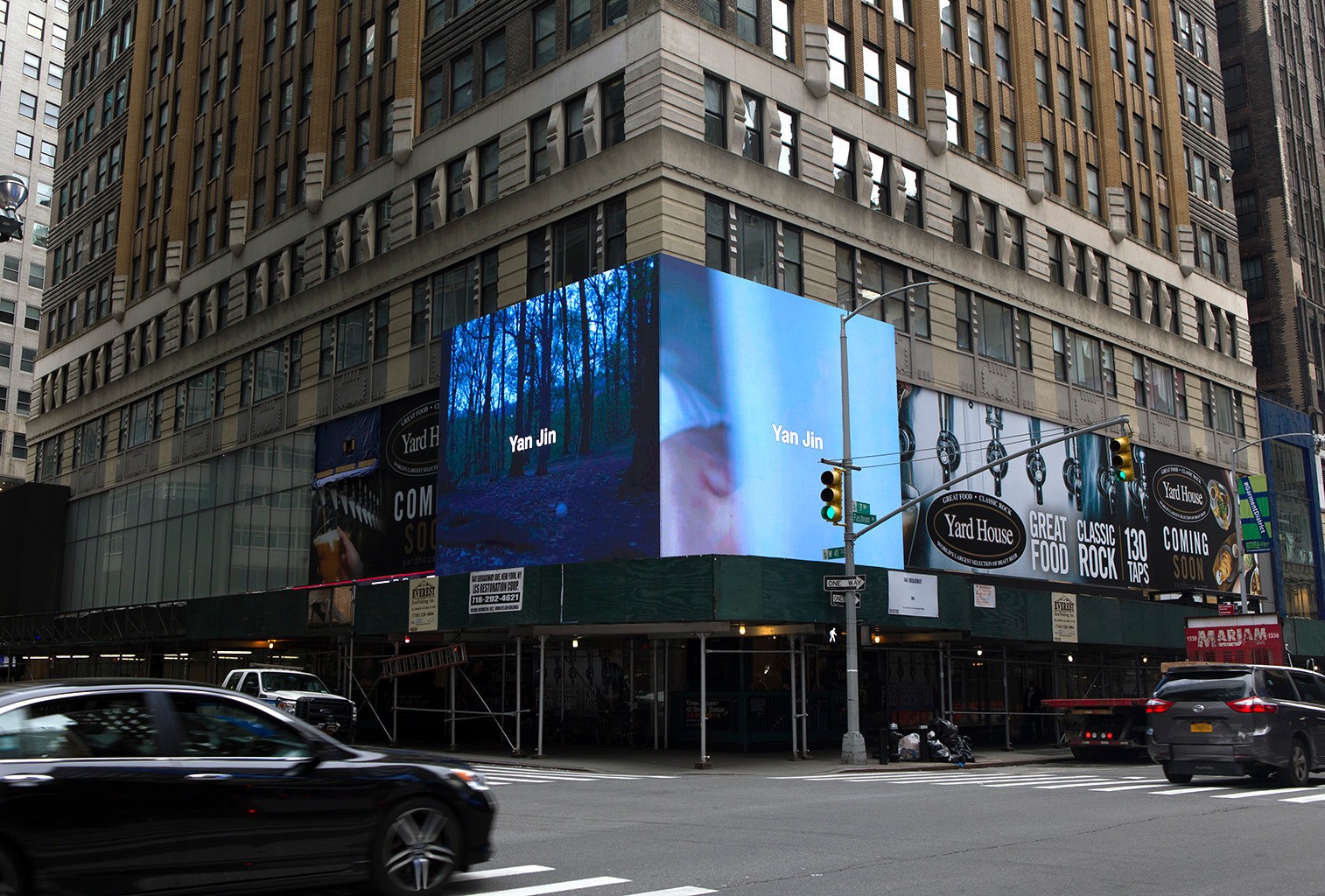
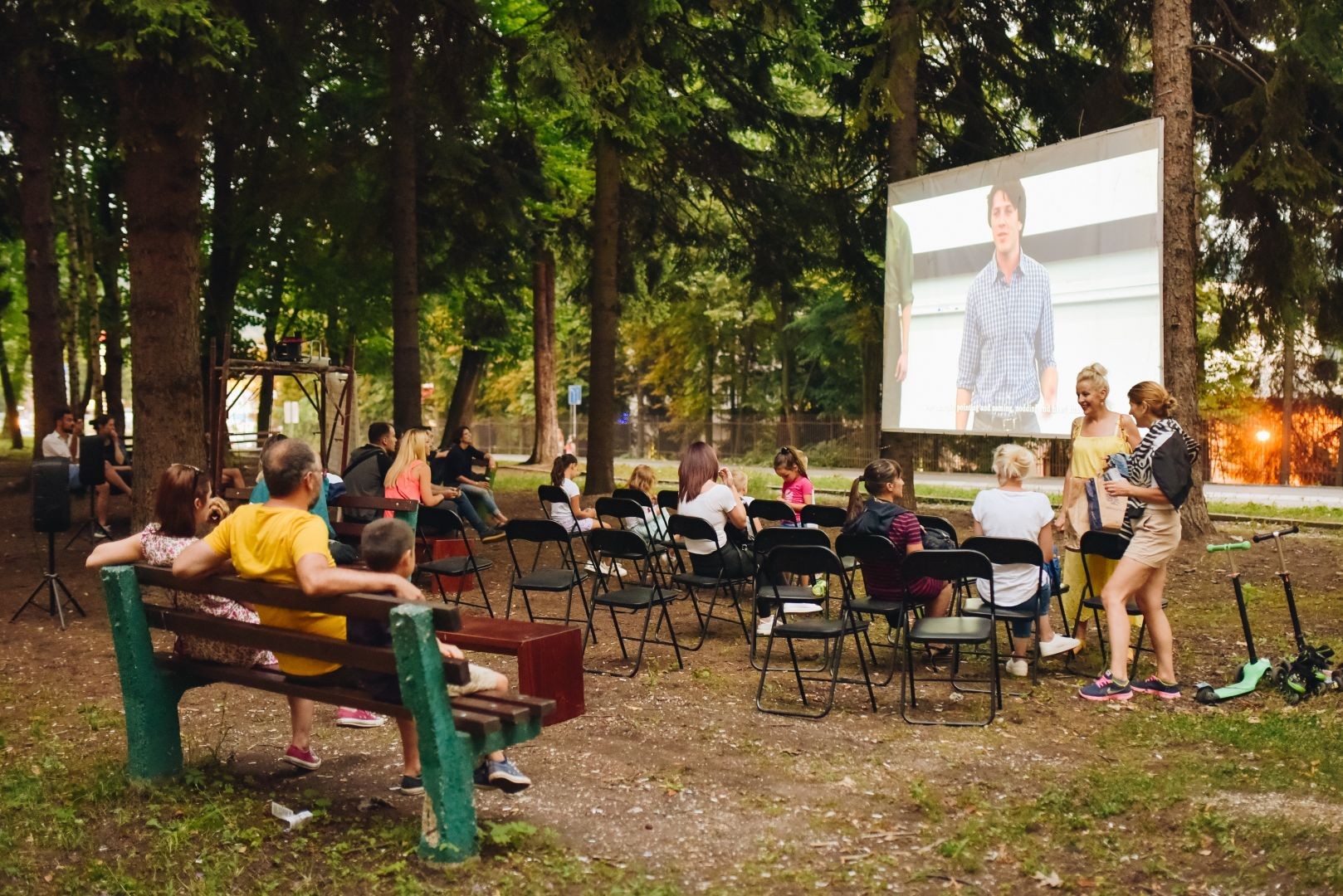
Yan, before we move on to more of these sorts of questions, can you take some time to bring our readers up to speed on you and what you do?
As an interdisciplinary artist, my creative medium encompasses photography, video, and multi-media installations. For me, the artistic process is a constant internal dialogue, where I grapple with how to present a part of myself to the external world and be prepared for potential critique. Many of my pieces are inspired by personal traumatic experiences, making it challenging to confront and process them. However, as an artist, I believe in staying true to oneself and not shying away from difficult truths.
My work constantly challenges the conventional notions that we often take for granted. I redefine found photos and objects through various techniques such as scanning, retouching, and erasing, blurring the boundaries between presence and absence, and bringing together disparate binaries in dialogue. I am particularly drawn to working with found objects because of their banality and lack of attention they usually receive. However, I believe that the most crucial aspects of things are often hidden in their simplicity and familiarity. Through my work, I aim to reveal these hidden facets, making people aware and prompting them to reconsider these overlooked objects. Working with found objects also allows me to embed complex ideas in simple, yet unexpected visual presentations that provoke contemplation and touch upon intangible concepts such as memory, loss, time, and other ineffable qualities of life.
One of my video essays, titled “Cremeschnitte,” delves into the dialectical relationships among language, culture, and geopolitics. It explores how language is constructed and restructured by culture, and how cultural heritage transcends borders and social constraints. Based on a true story, I intentionally blur the lines between fiction and documentary in this work. Working on “Cremeschnitte” has been a therapeutic process for me, involving multiple rounds of editing and reflection, much like how I process my own emotions – seeking to understand, make sense of, and ultimately accept them.

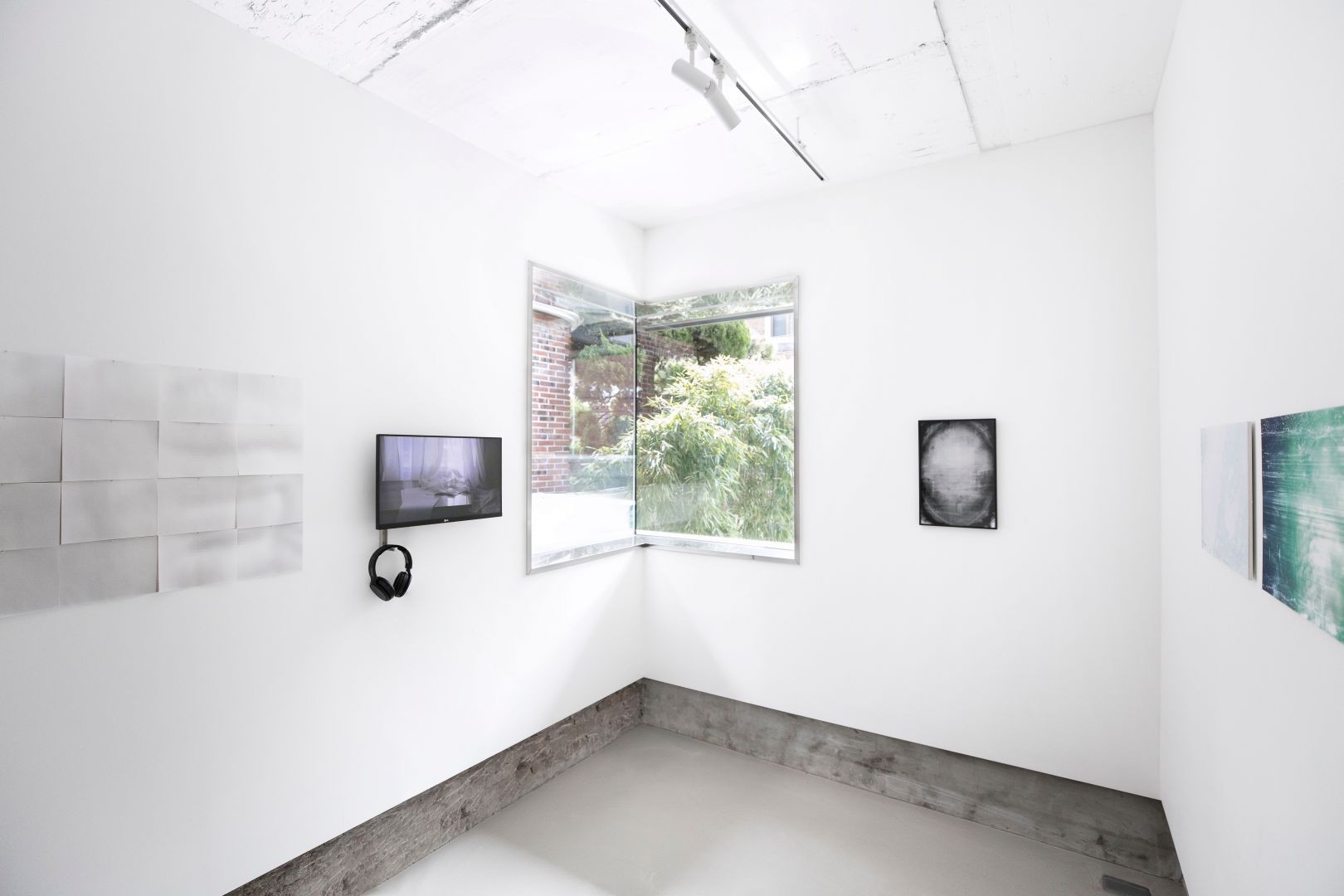
Looking back, are there any resources you wish you knew about earlier in your creative journey?
Art school provides an excellent environment for meeting instructors and mentors, many of whom are renowned artists and critics. Their feedback is often insightful and direct, in a constructive manner. Their opinions hold great value for me. Additionally, they offer recommended reading lists and introduce inspiring artists. My main source of art resources has been the school itself, including lectures and salons organized by the institution, as well as departmental art exhibitions that serve as a rehearsal for future exhibitions. These opportunities allow for trial and error and provide valuable experiences.
Over time, I also discovered other resources, such as websites that offer open call opportunities and collect award applications, as well as on-campus and off-campus interest classes, such as sculpture 101 courses offered by local material stores and summer screen printing courses offered by our school. If you don’t have time for full time enrollment, this is a good alternative! Furthermore, there are apps that list various exhibitions in the city. It’s about maximizing what you take of these resources. For instance, in art courses, making full use of studio time and actively communicating with teachers about projects you have in mind. This can lead to specific and detailed guidance, such as where to purchase materials and how to solve problems. To be honest, you’ll find resources tend to snowball if you take advantage of it. So looking back I don’t really feel I’m too late for anything, any resources, etc. My suggestion is to be patient and start from where you have.

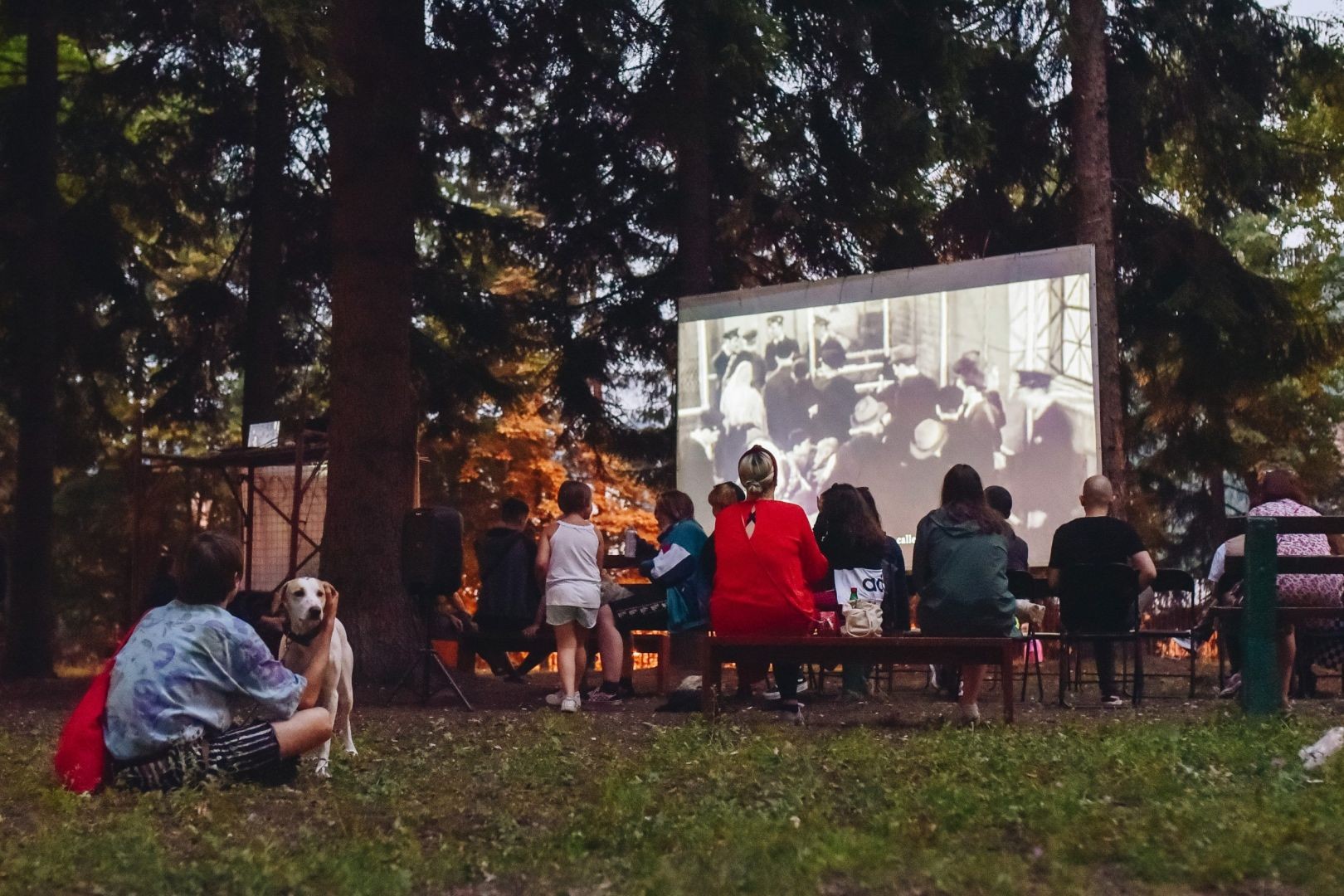
Have any books or other resources had a big impact on you?
I would like to share some of my favorite artists and writers with you all, in the hope that they can inspire and captivate you as well.
I am consistently intrigued by the use of ready-made and found objects in art, as they often connect with the principles of conceptual art. I am particularly drawn to artworks that stimulate inquiry and challenge our conventional assumptions. I applaud photographic works by artists such as Thomas Demand, Penelope Umbrico, Lucas Blalock. All these artists interrogate the nature of photography in their own respective ways.
Apart from the photographic artist I mentioned, I like to name a few multi-media artists whose works are more installation-based. I am constantly inspired by Christian Boltanski, who sadly passed away last year. He did poignant installations exploring life, death, holocaust memories. And also Hans Haacke, an incredible contemporary artist, his later works are research-based installations on Institution Critique.
My favorite writers would be W. G. Sebald and Jorge Luis Borges, the latter I paid tribute to in many of my artworks.
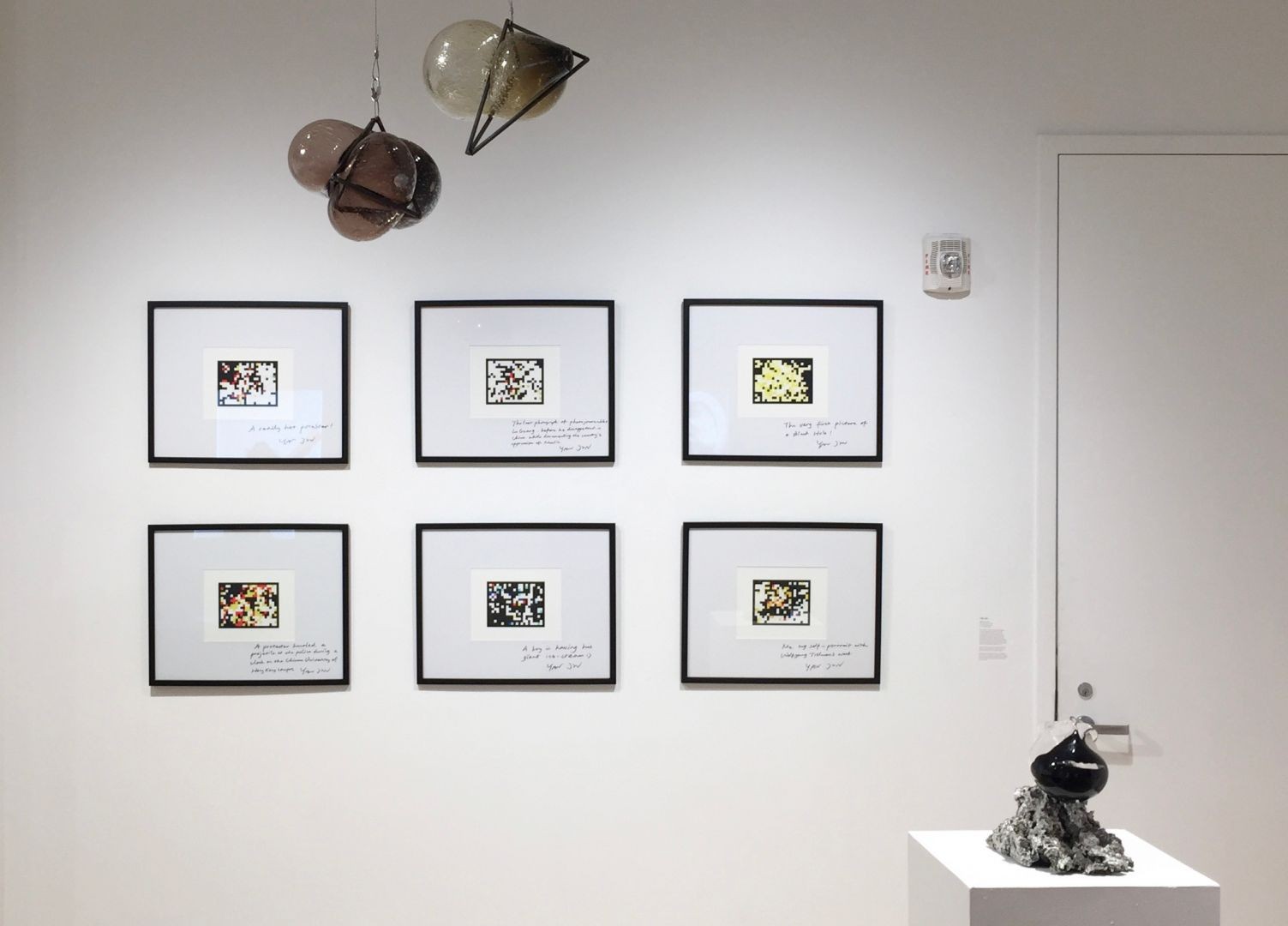
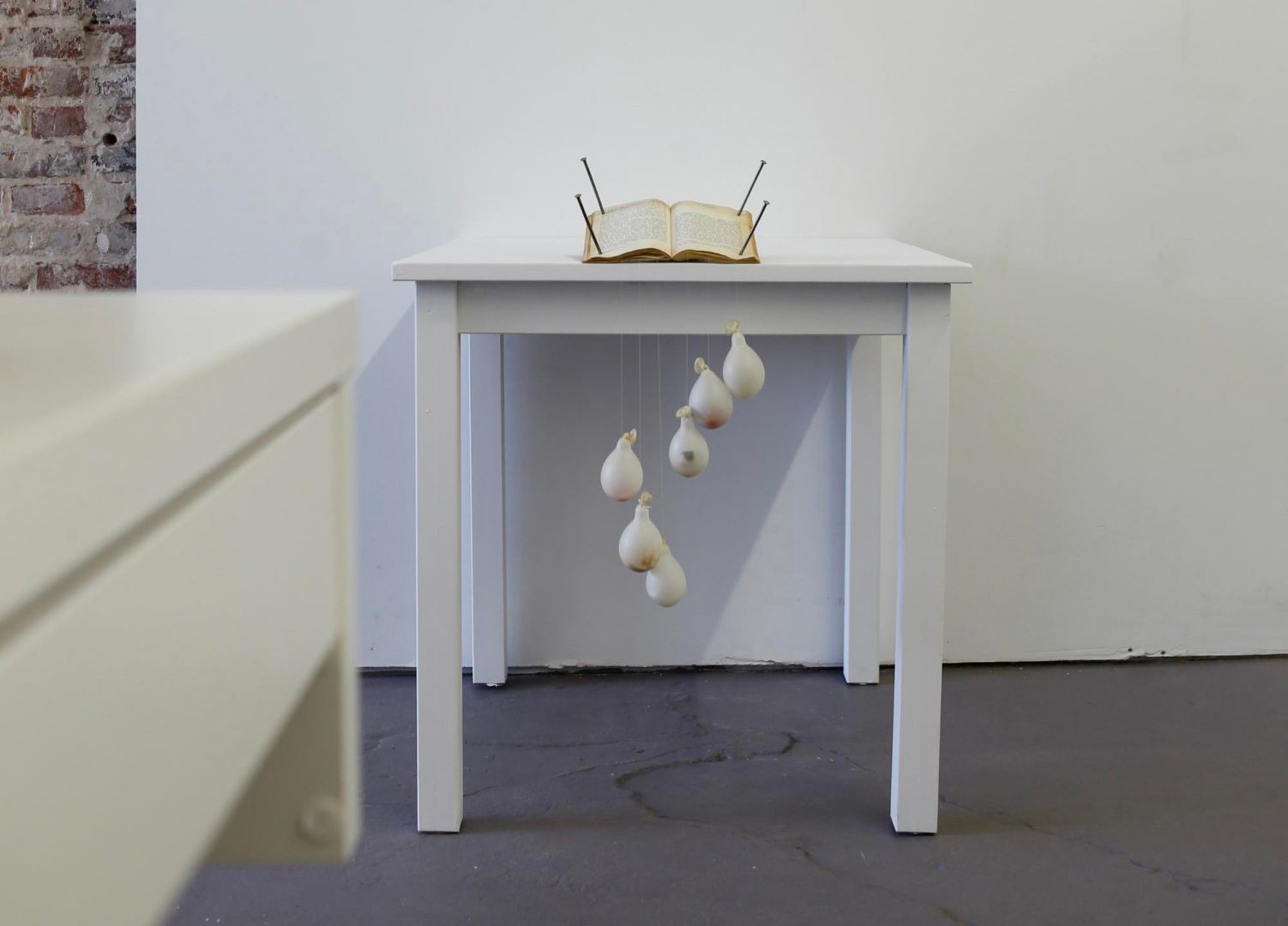
Contact Info:
- Website: https://yanjin.art
- Instagram: https://www.instagram.com/yanjin.art/
Image Credits
Red Repulse Exhibition Photo Credit to Adam Cable Lost Exhibition Photo Credit to Floor_ Gallery Hospitable Utopia Film Festival Photo Credit to VideoPark Film Festival


